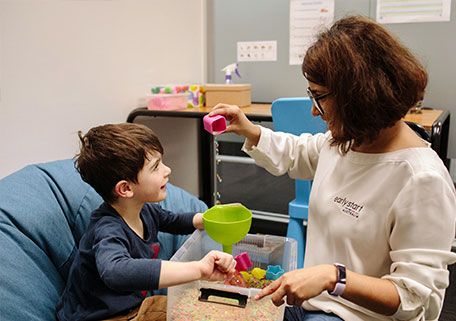- Who we help
- Our Services
- Early Childhood Approach
- Developmental Education
- Aquatic Therapy
- Early Intervention
- Podiatry
- Music Therapy
- Allied Health Assistants
- Physiotherapy
- Psychology and Counselling
- Speech and Language Pathology
- Social work
- School Readiness
- School holiday programs and camps
- Group therapy
- Dietetics
- ESDM Therapy
- Occupational Therapy
- Applied Behaviour Analysis (ABA)
- Assessments
- Immediate Availabilities
- About Us
- News and blog
- Join Our Team
- Contact











